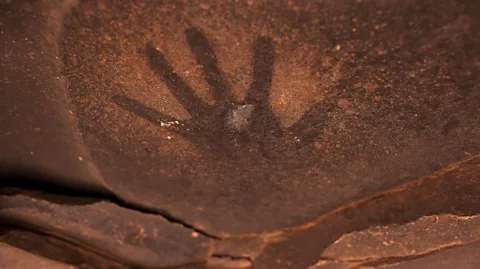Why societies grow more fragile and vulnerable to collapse as time passes
 Getty Images
Getty ImagesAn analysis of hundreds of pre-modern states suggests that civilisations tend to have a ‘shelf-life’ – a pattern that holds lessons for today’s ageing global powers.
The rise and fall of great powers is a cliche of history. The idea that civilisations, states, or societies grow and decline is a common one. But is it true?
As a group of archaeologists, historians and complexity scientists, we decided to put this idea to the test. We undertook the largest study to date to see if societal ageing can be seen in the historical record. Our results, published in Proceedings of the National Academy of Sciences, suggest that states do age, becoming gradually more likely to terminate over time. Could there be lessons here for the present day?
Comment & Analysis
Luke Kemp is a research associate with the Notre Dame Institute for Advanced Study, and a research affiliate with the Centre for the Study of Existential Risk at the University of Cambridge.
The mortality of states
Defining civilisations or societies is tricky, and the former often carries unsavoury baggage. We instead restricted our analysis to pre-modern “states”: centralised organisations that enforce rules over a given territory and population (much like the nation-states of the US and China today).
We took a statistical approach across two different databases. We created our own “mortality of states” dataset (Moros, named after the Greek God of Doom) which contains 324 states over 3,000 years (from 2000BC to AD1800). This was compiled from numerous other databases, an encyclopaedia on empires, and multiple other sources. We also drew on the Sehat databank, the world’s largest online depository of historical information curated by archaeologists and historians, which had 291 polities.
 Getty Images
Getty Images